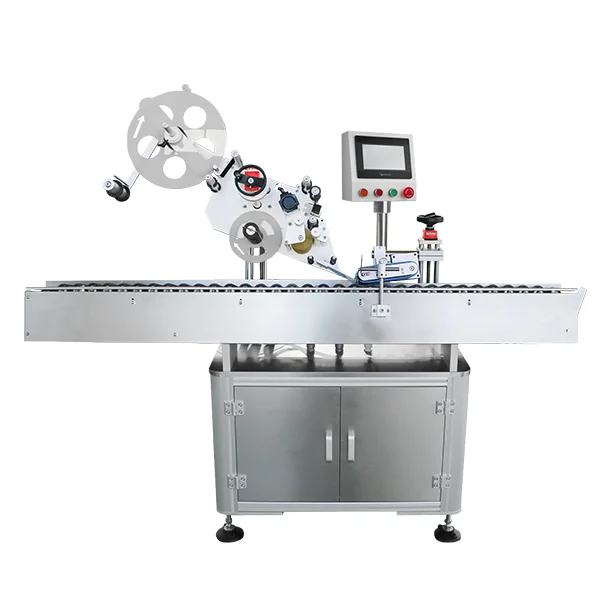When a light switch refuses to turn off, it can be more than just an inconvenience; it can also pose safety risks and lead to increased energy costs. Understanding the underlying causes of this issue is essential for effective troubleshooting and resolution. In this article, we will delve into the potential reasons behind a malfunctioning light switch and provide a step-by-step guide to diagnosing and fixing the problem.
Understanding the Basics: How a Light Switch Works
Before we dive into troubleshooting, it's important to understand the basic mechanics of a light switch. A standard light switch operates by completing or breaking an electrical circuit. When the switch is in the on position, it allows electricity to flow to the light fixture. Conversely, when it is off, the circuit is broken, and the flow of electricity stops. If a switch won't turn off, it indicates a disruption in this fundamental operation.
Common Causes of a Light Switch That Won't Turn Off
- Faulty Switch Mechanism: Over time, the internal components of a switch can wear out or become damaged. This wear can prevent the switch from effectively breaking the circuit.
- Wiring Issues: Loose or damaged wiring can lead to intermittent connections, causing the switch to malfunction. This is particularly common in older homes where wiring may not meet current safety standards.
- Short Circuit: A short circuit occurs when electrical current flows along an unintended path. This can cause the switch to remain energized, preventing it from turning off.
- Ground Fault: Similar to a short circuit, a ground fault happens when the current finds a path to the ground. This can also lead to erratic behavior in the switch.
- Incompatible Bulbs or Fixtures: Sometimes, the issue may not lie with the switch itself but with the light bulb or fixture. Using incompatible bulbs can lead to unexpected behavior.
Step-by-Step Guide to Fixing a Light Switch That Won't Turn Off
Step 1: Safety First
Before attempting any repairs, ensure your safety by turning off the power to the circuit at the breaker box. Use a voltage tester to confirm that the switch is not receiving power.
Step 2: Inspect the Switch
Remove the switch cover plate using a screwdriver. Carefully unscrew the switch from the electrical box and gently pull it out to inspect the wiring. Look for any signs of damage, such as frayed wires or loose connections. If you notice any issues, it may be necessary to replace the switch.
Step 3: Check the Wiring
Examine the wiring connections to ensure they are secure. If you find any loose wires, tighten them with a screwdriver. If the wires appear damaged, they should be replaced by a qualified electrician.
Step 4: Test the Switch
After inspecting and securing the wiring, reattach the switch and cover plate. Restore power at the breaker and test the switch. If it still won't turn off, the switch may need to be replaced.
Step 5: Replace the Switch
If the switch is faulty, replacing it is often the best solution. Purchase a compatible switch from a hardware store. Follow the manufacturer's instructions for installation, ensuring that all connections are secure. Once installed, test the switch again to confirm that it functions properly.
Step 6: Consult a Professional
If you have followed these steps and the switch still won't turn off, it may be time to consult a licensed electrician. They can diagnose more complex issues, such as wiring problems or circuit overloads, that may require professional intervention.
Preventative Measures
To avoid future issues with light switches, consider the following preventative measures:
- Regular Inspections: Periodically check your switches and outlets for signs of wear or damage.
- Use Compatible Fixtures: Ensure that light bulbs and fixtures are compatible with your switches to prevent electrical issues.
- Upgrade Wiring: If your home has outdated wiring, consider upgrading to meet current safety standards.
Conclusion
A light switch that won't turn off can be a frustrating problem, but with the right knowledge and tools, it can often be resolved. By following the steps outlined in this guide, you can diagnose and fix the issue safely and effectively. Remember, when in doubt, it's always best to consult a professional electrician to ensure your home remains safe and functional.



